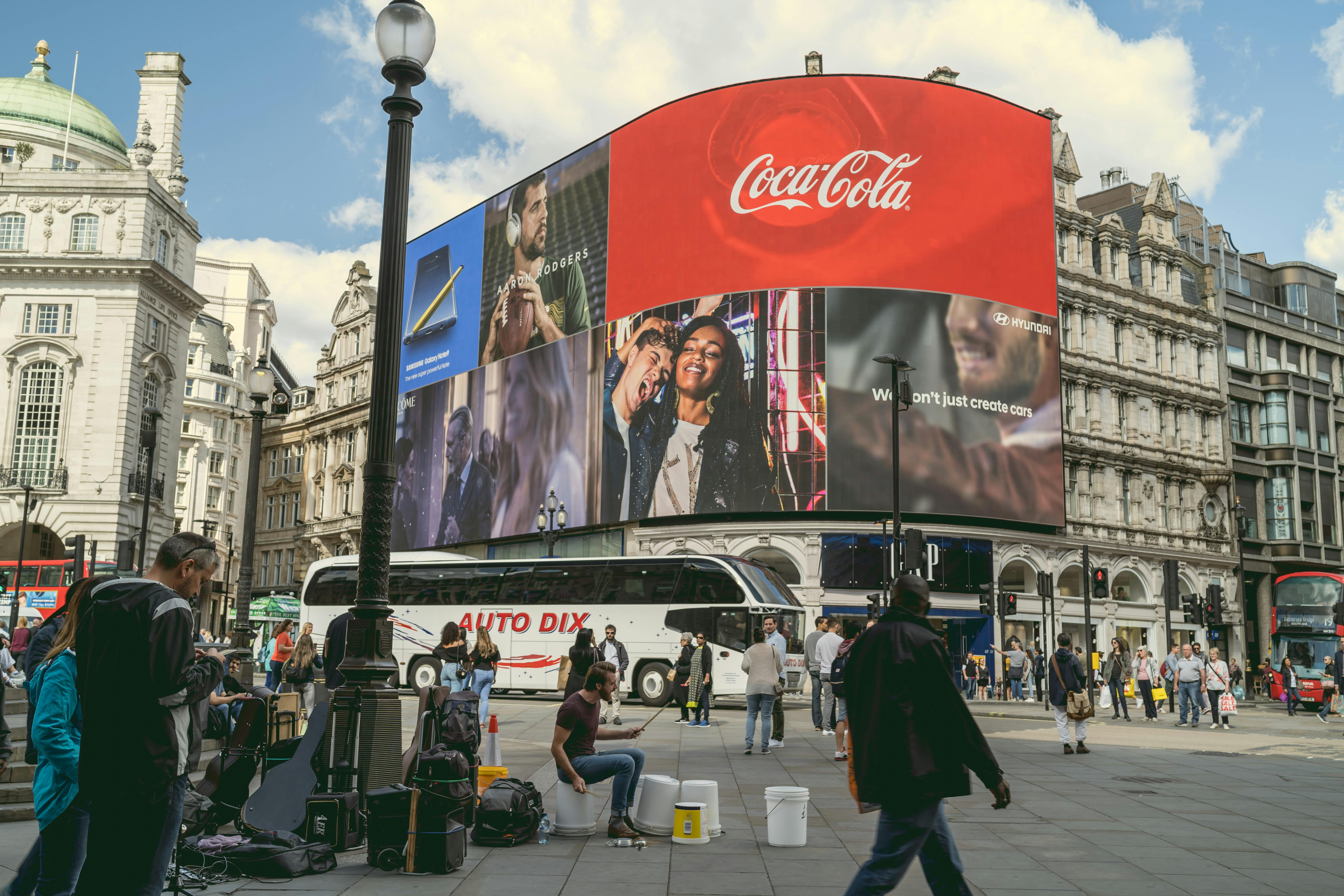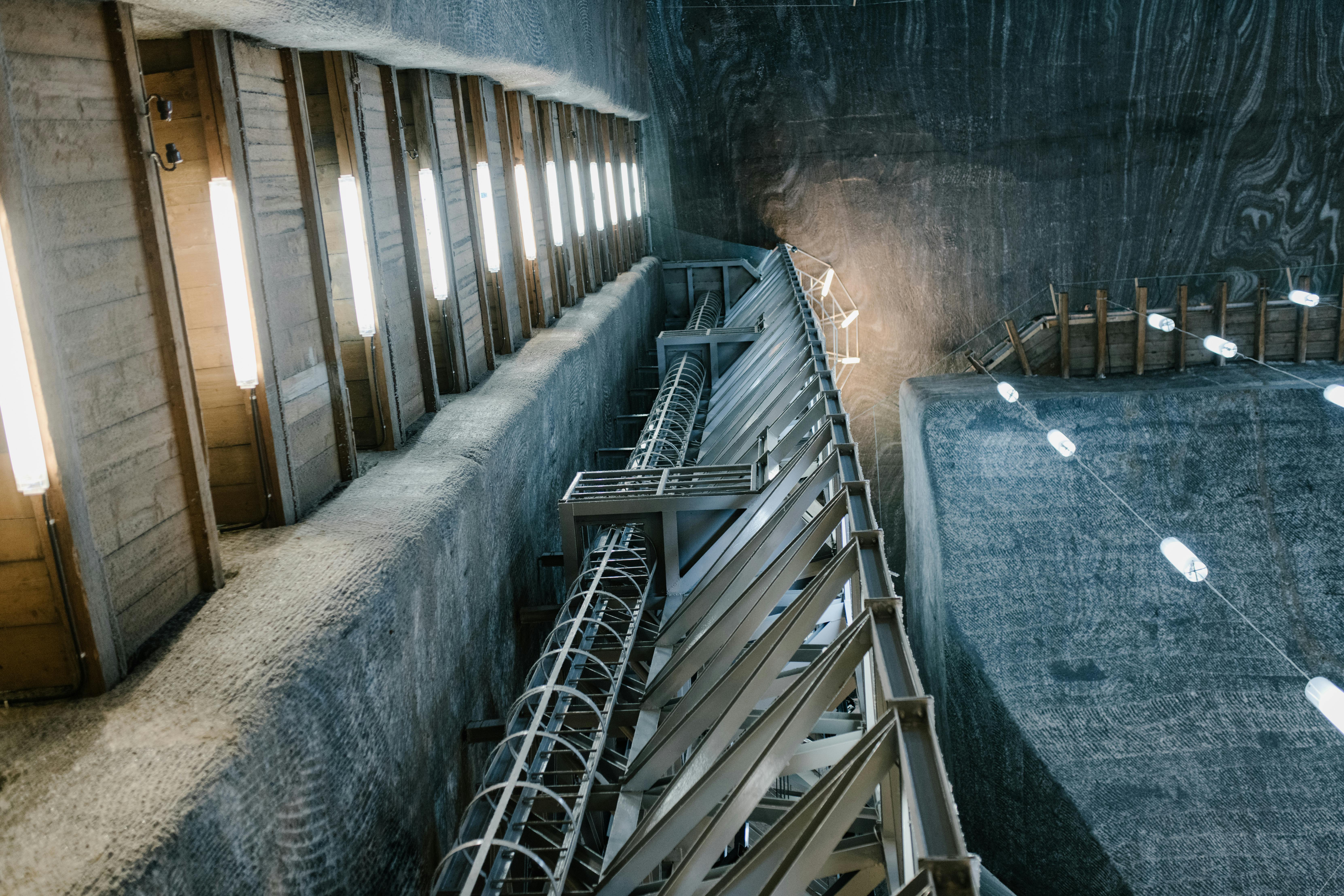If you’ve heard of the Plastic Continent, the floating island of plastic twice the size of Texas in the Pacific Ocean, then you understand how crucial recycling plastic is. Right now, only 5% of plastics worldwide are recycled. Some of this is ignorance: most of the world still simply doesn’t understand the danger plastics pose to our environment and food chain.
But the plastics themselves are tricky. Even if you want to recycle your plastics, and even if you diligently separate them from your other household waste and toss them curbside in your blue or green recycling bin, your plastics could still end up on the Plastic Continent. Why is this?
different types of plastic
Look at the underside of a plastic bottle or plastic container. Inside the familiar reduce, reuse, recycle triangle (“chasing arrows”) logo is a number between one and seven. This number indicates what kind of plastic that container is made of. Some plastics are easy to recycle, but other plastics are much more difficult to recycle. As a result, most municipal recycling facilities only recycle the easiest plastics: plastics 1 and 2. What about plastics 3 through 7? At some recycling facilities, these are collected until they have enough to send to a larger recycling facility that recycles these types of plastics. But at other recycling facilities, the same thing happens to plastics 3 to 7 as what would have happened at your house if you didn’t have that handy recycling bin: it goes to landfill or to the Pacific Plastic Continent.
Plastics #1 and #2
The #1 plastic is polyethylene terephthalate (PET). This is the most used plastic and the easiest to recycle. Your plastic soda bottle, salad dressing bottle, and cooking oil bottle are probably made of PET. More than 2.3 billion pounds of PET are recycled annually.
Plastic #2 is High Density Polyethylene (HDPE). Most milk jugs, detergent bottles, and many food containers are made of HDPE. Unfortunately, some plastics marked with the number 2, like yogurt cups, aren’t actually recyclable. This is because other chemicals have been added to the plastic to mold it into the desired shape. These additives make recycling some of these #2 items basically impossible.
Plastics #1 and #2 make up 96% of all plastic bottles produced in the United States. However, 80% of plastic bottles still end up in landfill, even though 80% of Americans have access to a method to recycle these bottles.
Plastic #3 to #7
The rest of the plastics make up practically everything that is not a plastic bottle. Just think of all the plastics in your home: your toothbrush, cling wrap, plastic bowls, plastic cups, drinking straws, last night’s leftovers, that almost impossible to open package your new iPhone came in. , your computer, your DVD cases… plastic is everywhere.
All of these plastics can be categorized as plastics #3 to #7. None of them are particularly easy to recycle, so even if your recycler grabs it from your curb, that doesn’t necessarily mean it’s going to become tomorrow’s soda bottle. However, by researching recycling facilities in your area, you can find places to recycle these less common plastics.
The bottom line when it comes to plastic recycling
Plastic is much more difficult to recycle than other materials. Because it breaks down during the recycling process, it can only be recycled so many times; That’s why many recyclers prefer so-called “virgin plastics,” or plastics that haven’t been recycled before because they make a better product. That means that even if you do your best to recycle all your plastics, some of it could still end up in landfill.
The clear conclusion to be drawn is that even the most conscientious recycling is not enough when it comes to plastics: ultimately we need to reduce our consumption. The production process of plastics, many plastics themselves, and the consequences of plastic use can all be described as toxic. Nearly every manufacturing process for the different types of plastic listed above involves some degree of toxicity, and as these plastics break down in landfills or in the ocean, these toxic chemicals make their way back into our soils, our water, our food, and our lives. our bodies. .
So please recycle plastic. But better yet, stop buying plastic whenever possible.




Recent Comments